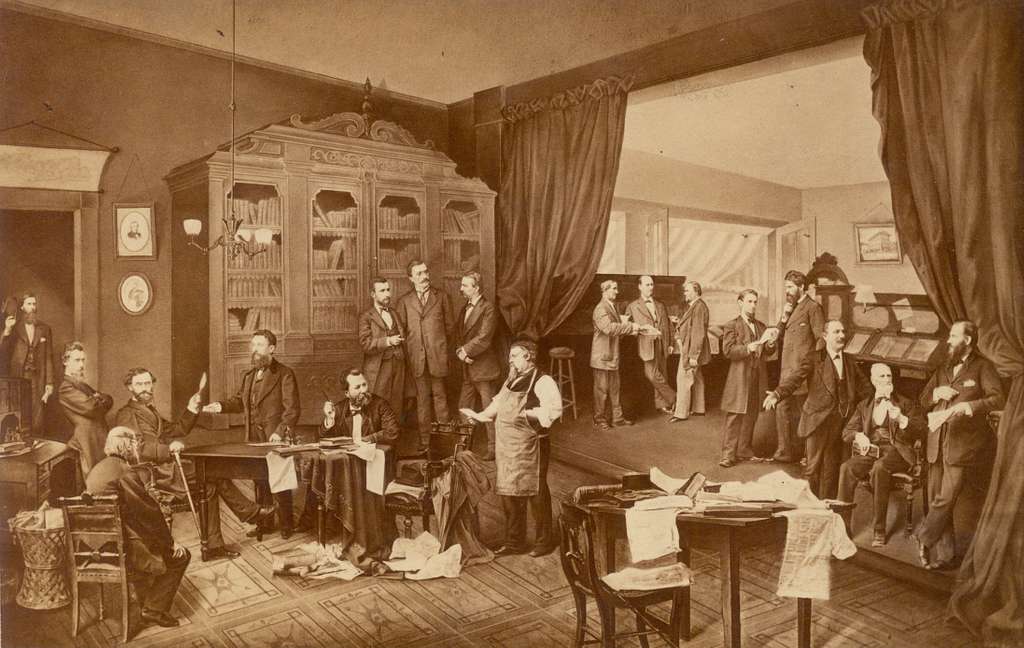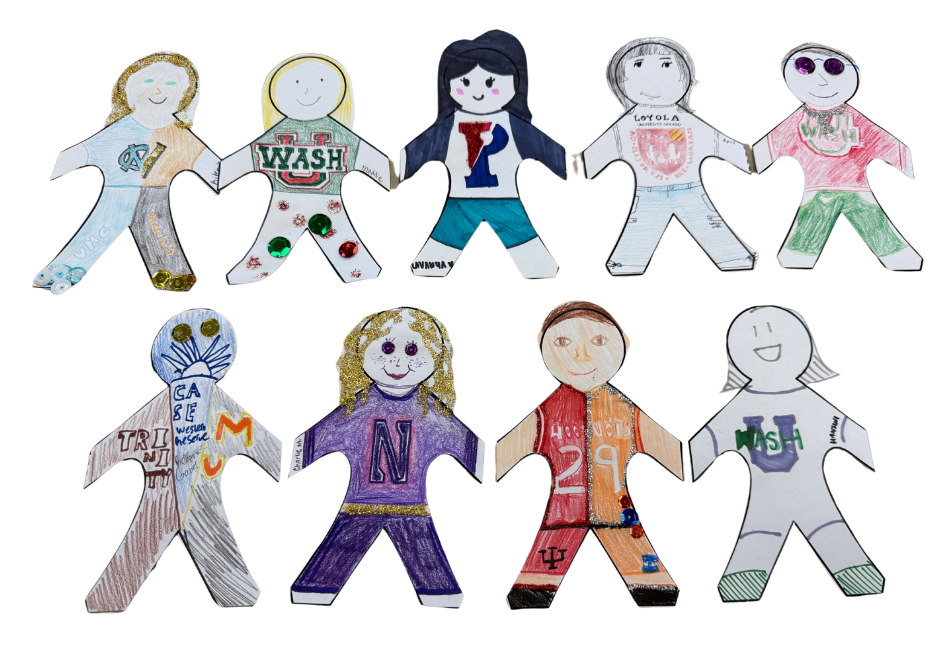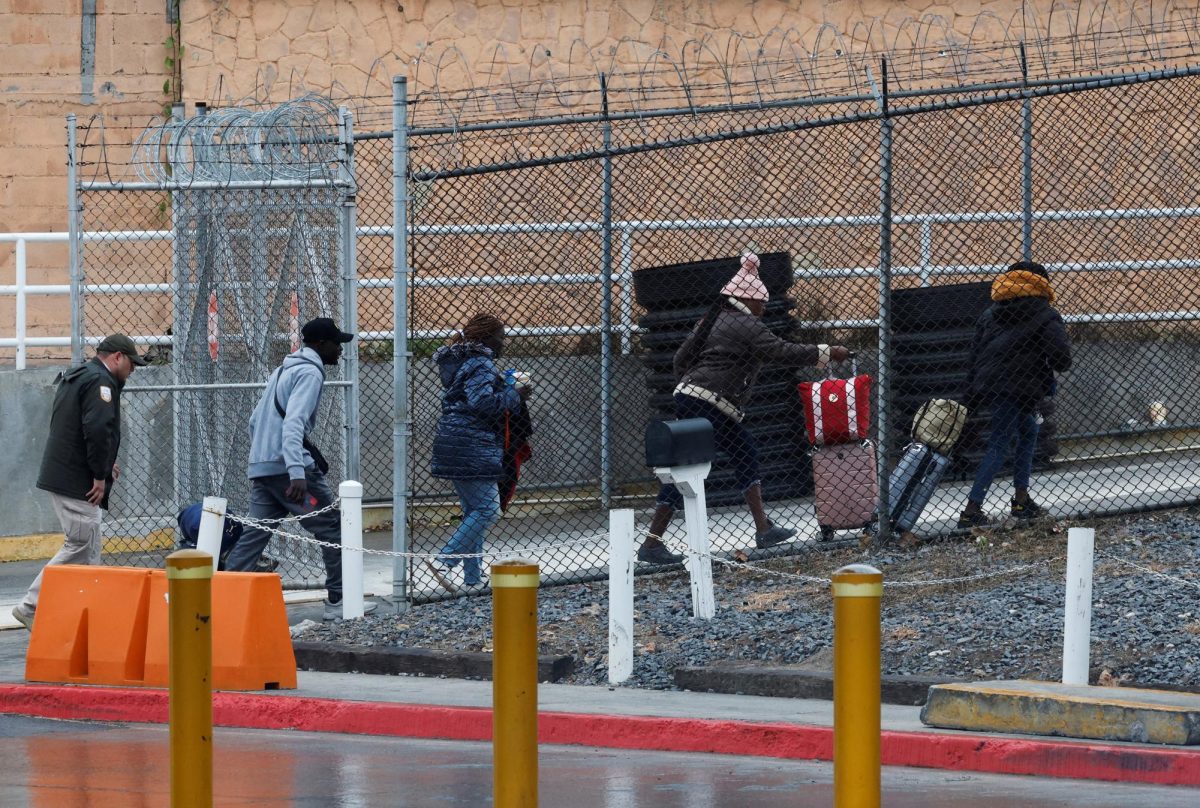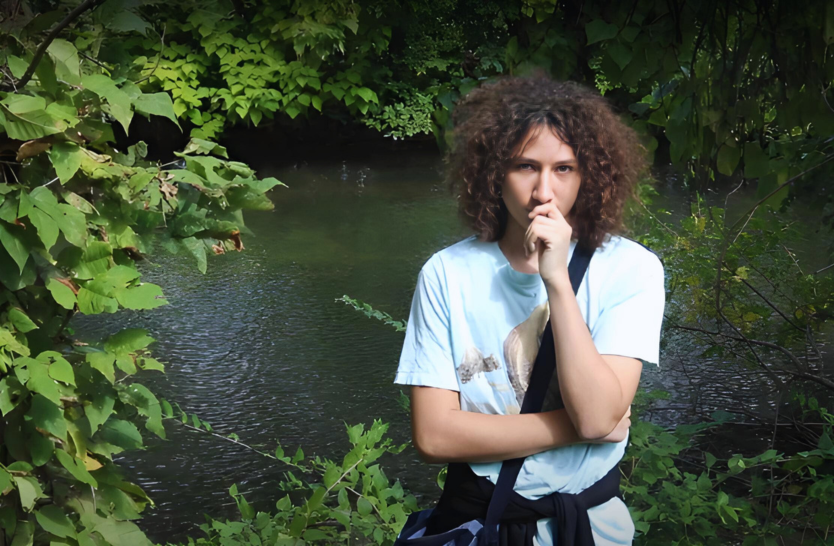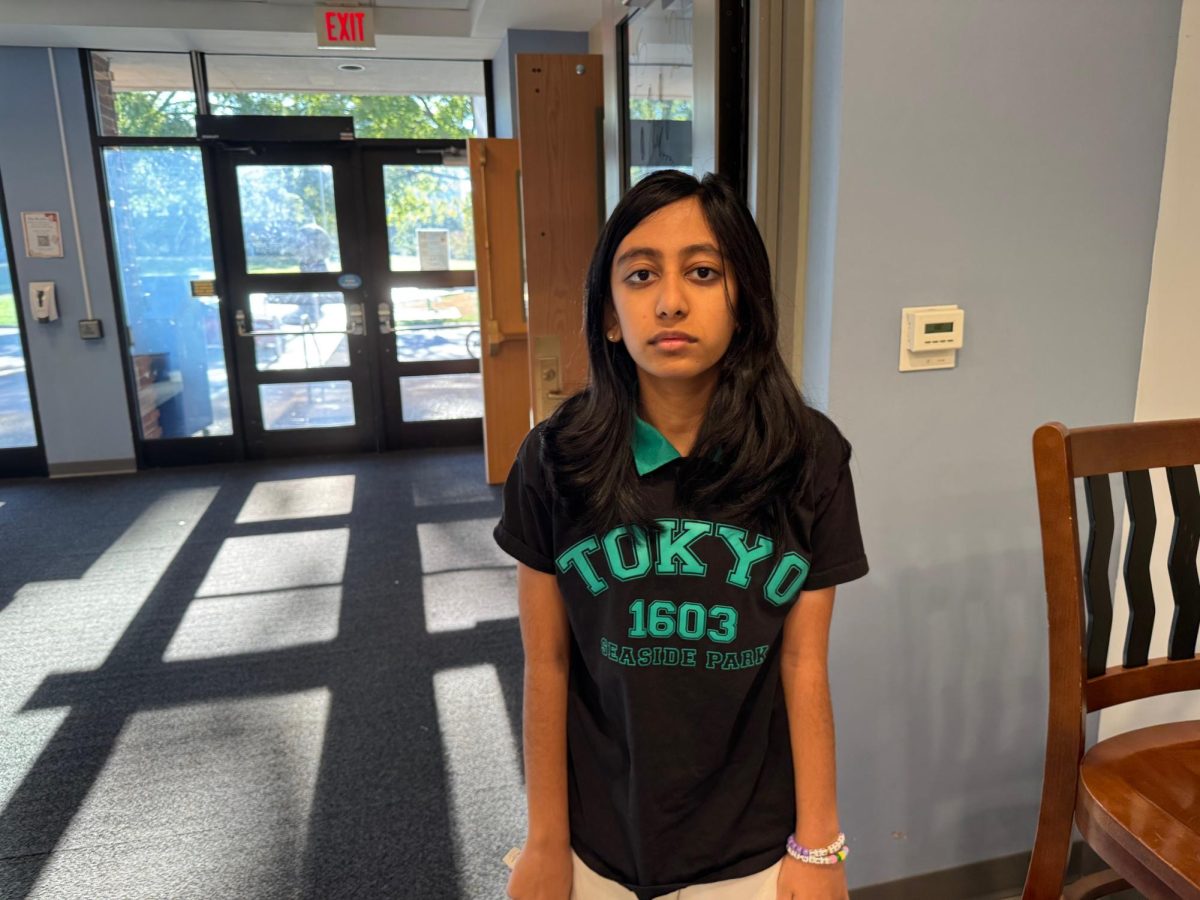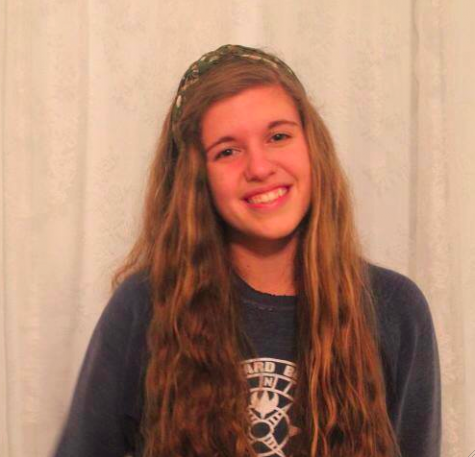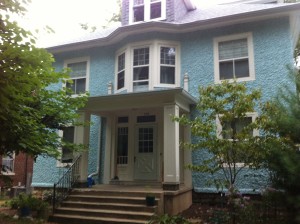
I grew up in a blue stucco house in University Heights. Â My neighborhood is within University City, and rests just below the stone lions that mark the entrance into the Delmar Loop.
My parents chose between sending me to Delmar-Harvard, the University City public school a block away from my house which closed down two years ago for district restructuring, and New City School, a private elementary school on Waterman Avenue. Â My siblings and I ended up going to New City, which meant that we drove from the intersection of Big Bend and Delmar down Delmar to Waterman every day for seven years.
On that drive, we experienced Delmar each day. Â We watched shops in the Loop open, go out of business. Â Further down the street, we passed Delmar High School, closed now.
Crossing the bridge over the River Des Peres, we would drive by the old railroad station, with its sweeping stone architecture and beautiful, broken windows.
A few doors down, there’s a long brick building that I’ve watched go through various owners and purposes.  On the side, someone paints a new mural every few months.  One week a rainbow covers the crumbling mortar; the next, a blue and green tidal wave.
Sunshine Academy, a preschool, nestles itself between two buildings across the street. Â After school every day we watched children flood the playground, and my sister and I made up stories for their kindergarten intrigue.
My brother’s high school–Crossroads College Preparatory School–is a few doors down from that park, and my elementary school sits a few blocks away.
I drove that route for ten years, and my brother drove it for fifteen. Â Together, we watched the streets of Delmar grow and evolve, and we evolved with them. Â Delmar watched me turn from a four-year-old preschooler to a sixteen-year-old junior in high school. Â It was there when I learned to read and when I learned to ride a bike in the parking lot of Delmar-Harvard Elementary School.
Growing up around Delmar not only gave me freedom, but it taught me what a community is.  I grew up in a neighborhood almost identical to those in Clayton or any other affluent American city, and I’m close to almost all of my neighbors.
University Heights, however, isn’t where my community ends.  My home includes the dark red bricks of apartment blocks and the green of the trees that line Delmar’s divider.  It is composed of crumbling houses and pristine yards, street art and music.  It has withstood shootings and robberies, and it has provided homes for thousands of people.
While Delmar undeniably stands as a reminder of the extreme wealth gaps and segregation that St. Louis–and cities across America–still struggle with, that is not what defines us.
The area around Delmar cannot be explained simply, because no community is simple.  When we choose to label parts of our city as “rich†or “poor,†“struggling†or “thriving,†and place ourselves accordingly, we forget that human beings were not meant for static existences.  We posses the strength and the capacity to embrace complexities around us, and to find the beauty in that which appears gilded with an ugly tint.
I grew up in a community that opened my eyes to its inherent loveliness, and I consider myself outrageously lucky that it not only revealed itself to me but welcomed me into it.


